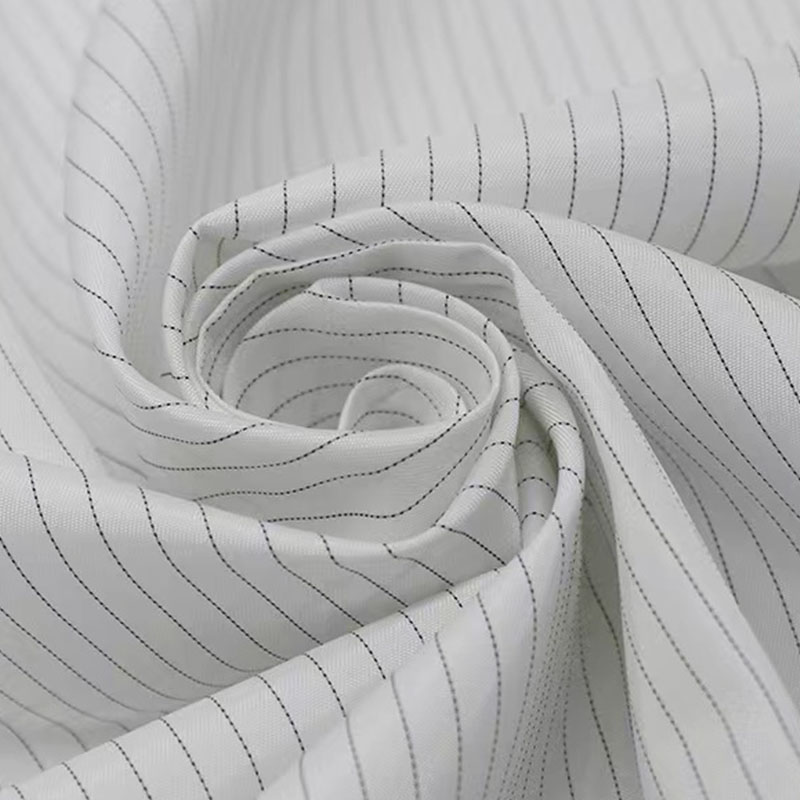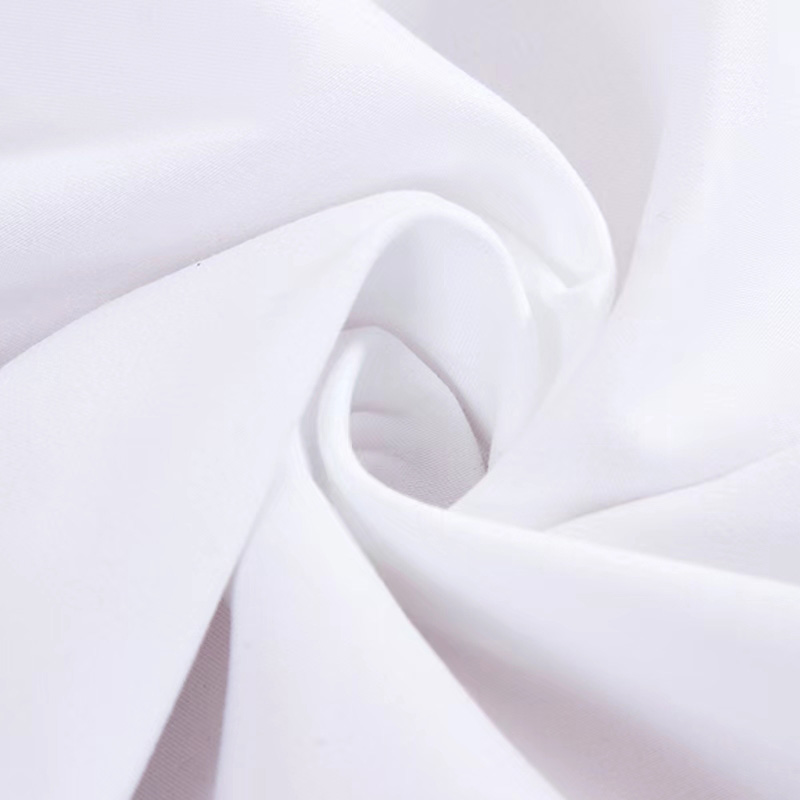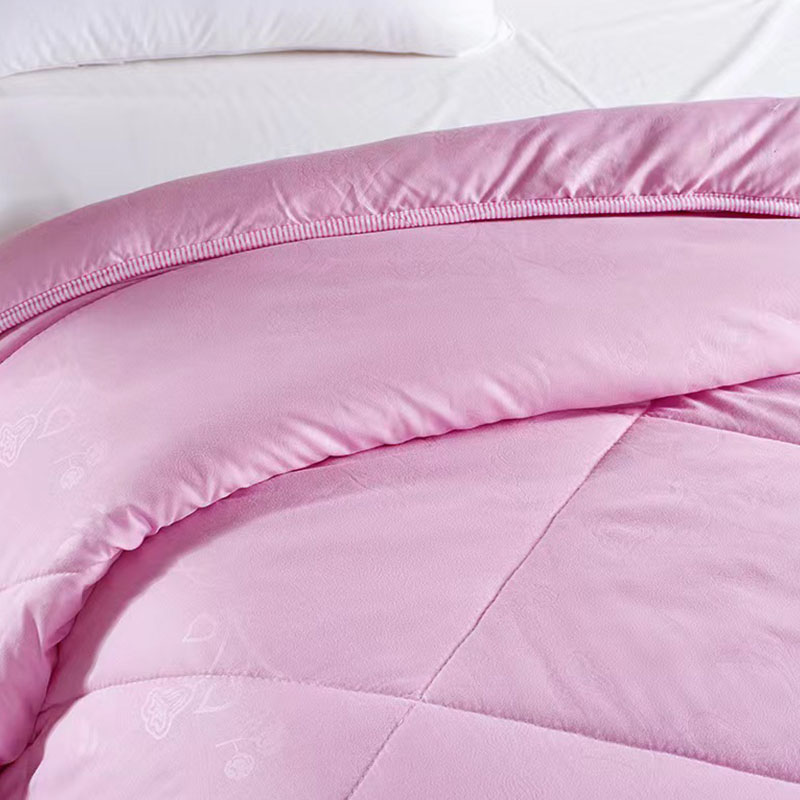In the realm of textiles, polyester embossed fabric stands out as a captivating fusion of aesthetic allure and practicality. However, beyond its visual charm lies a complex environmental footprint that warrants closer examination. From raw material extraction to production processes and waste management, every step in the creation of polyester embossed fabric leaves an indelible mark on the environment.
At the heart of this environmental narrative is the sourcing of raw materials. Polyester, the primary constituent of embossed fabric, originates from petrochemicals, necessitating the extraction and refinement of crude oil. This process exacts a toll on ecosystems, contributing to habitat destruction, air and water pollution, and greenhouse gas emissions. The quest for polyester's sleek texture and durability comes at the cost of finite resources, underscoring the inherently unsustainable nature of its production.
Energy consumption further amplifies the environmental footprint of polyester embossed fabric. From spinning polyester fibers to the embossing process itself, each stage demands copious amounts of energy, predominantly sourced from fossil fuels. The carbon emissions generated intensify the fabric's ecological impact, exacerbating climate change and environmental degradation.
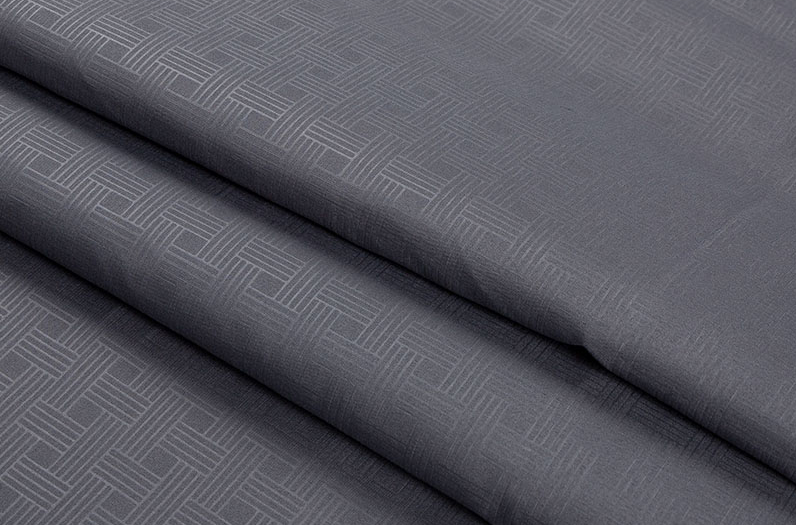
Chemical usage adds another layer of complexity to the environmental equation. Polyester manufacturing entails the utilization of various chemicals, including solvents, dyes, and finishing agents, posing risks to human health and the environment. Furthermore, the embossing process may entail additional chemical treatments to achieve desired textures, further compounding environmental concerns.
Water, a precious resource, is both a vital component and casualty of polyester embossed fabric production. The manufacturing process requires significant water usage for fiber processing, dyeing, and finishing, leading to the depletion of freshwater reserves and contamination of water bodies. Wastewater discharge laden with chemical pollutants perpetuates environmental harm, threatening aquatic ecosystems and human well-being.
Waste generation completes the cycle of environmental impact. Polyester embossed fabric production yields various forms of waste, including production scraps, wastewater sludge, and end-of-life disposal. The non-biodegradable nature of polyester exacerbates the challenge of waste management, perpetuating the fabric's environmental legacy long after its use.
Despite these environmental concerns, strides are being made towards mitigating the impact of polyester embossed fabric production. Innovations in energy efficiency, chemical management, and water recycling offer glimpses of a more sustainable future. Additionally, the emergence of eco-conscious alternatives, such as recycled polyester and bio-based fibers, presents promising avenues for reducing the environmental footprint of embossed fabric.
In conclusion, the allure of polyester embossed fabric is undeniably captivating, but its environmental footprint demands conscientious consideration. By delving into the intricacies of its production, we unveil a complex tapestry of ecological consequences that underscore the imperative of sustainability in the textile industry. As we navigate the intersection of beauty and responsibility, let us tread thoughtfully towards a more sustainable fabric future.

 English
English Español
Español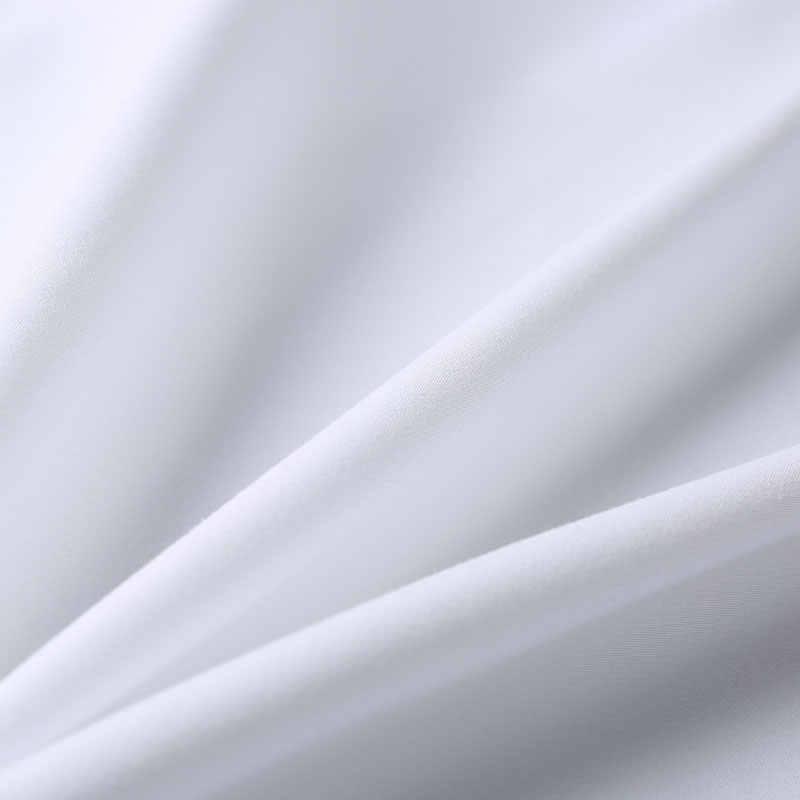



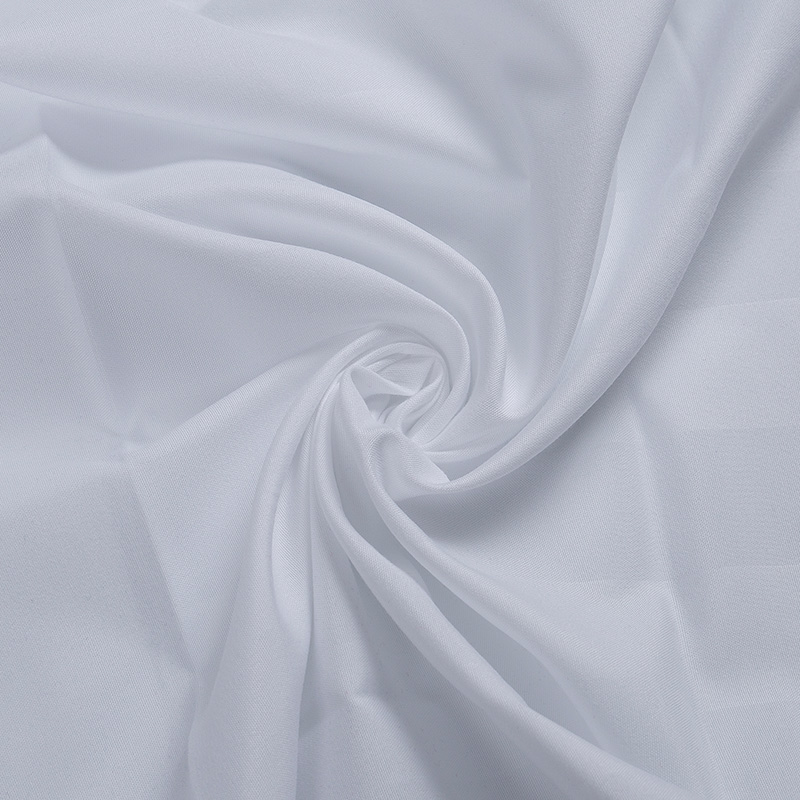
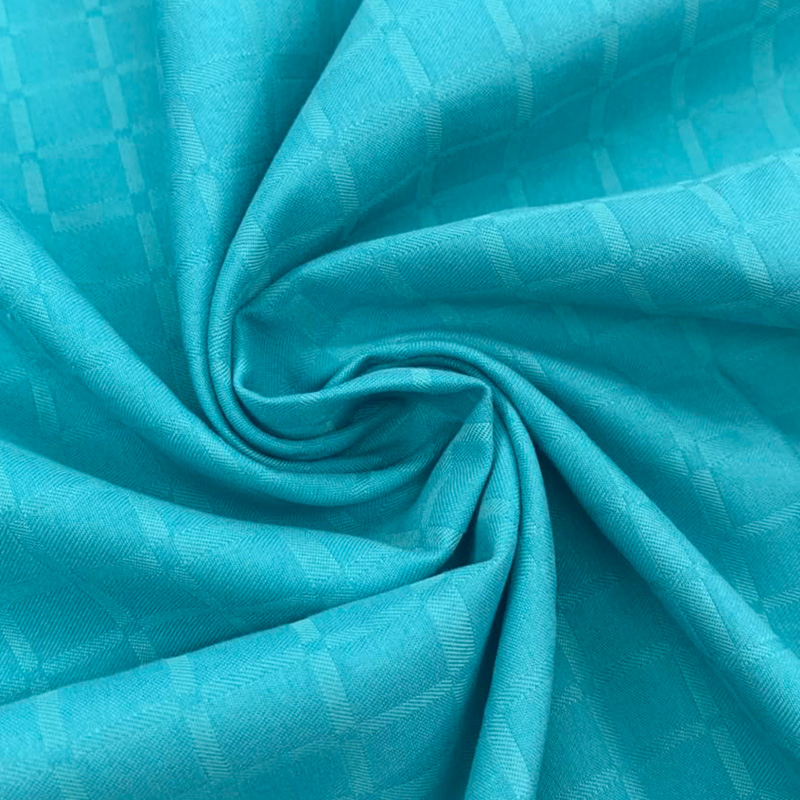


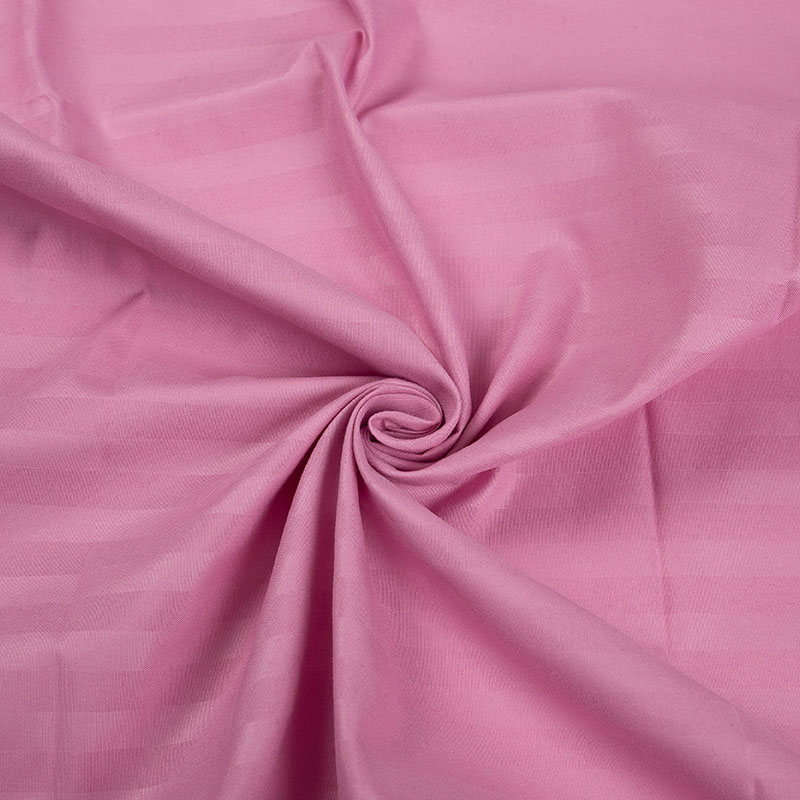







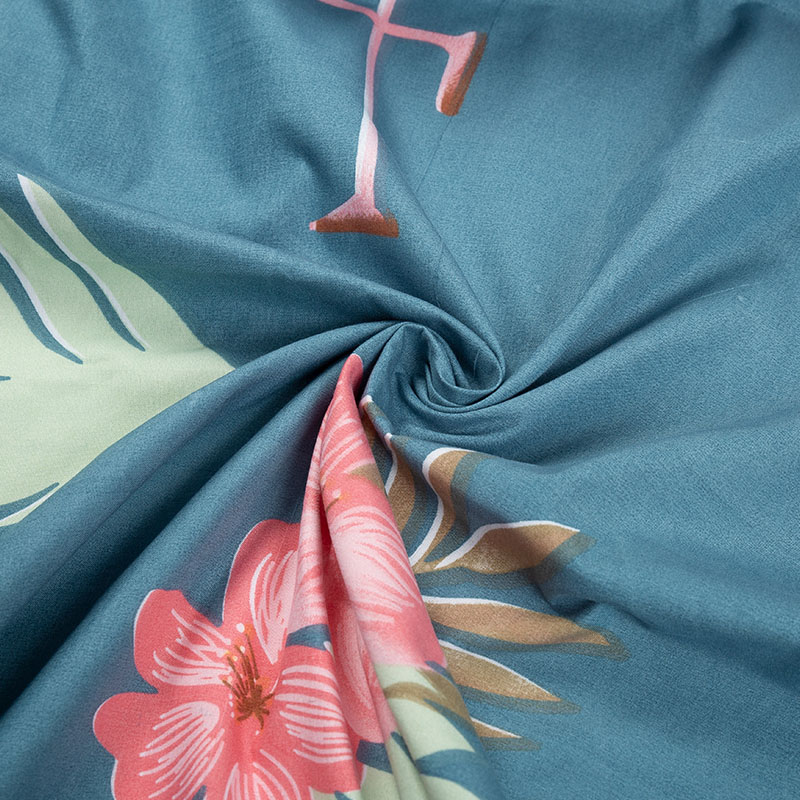

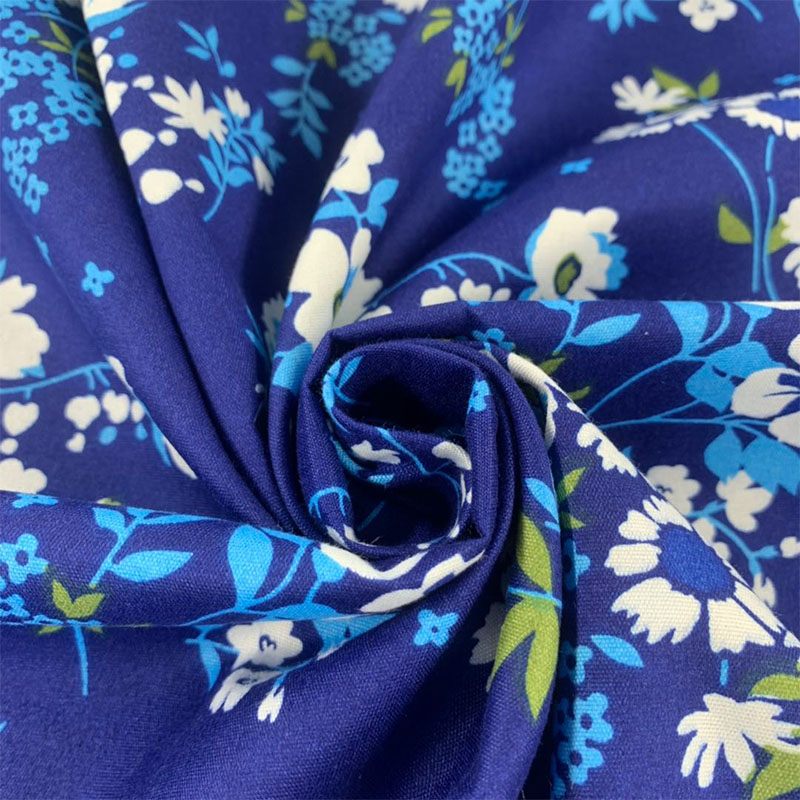



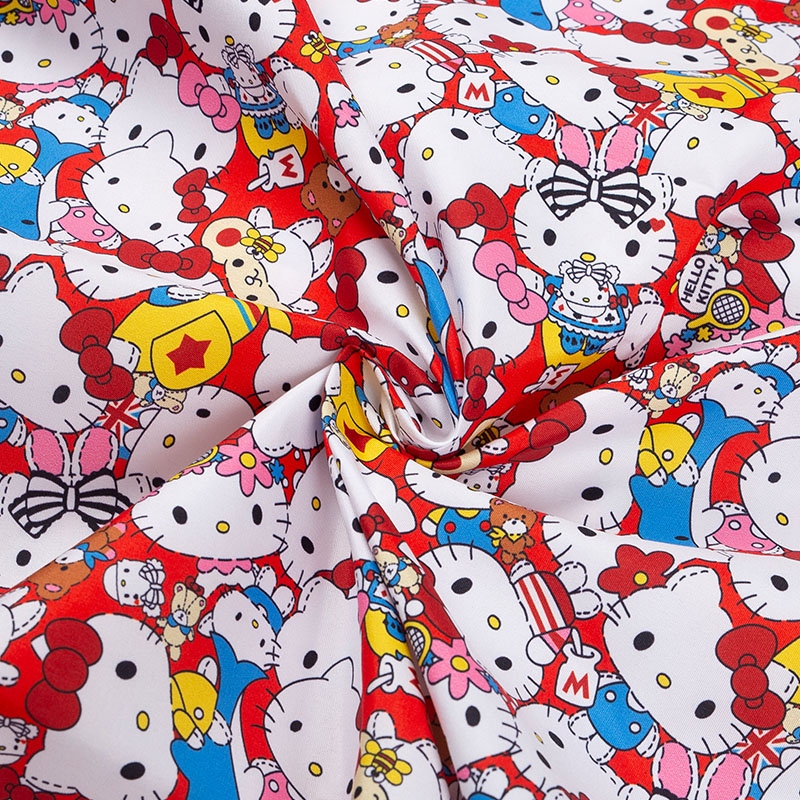

.jpg)






